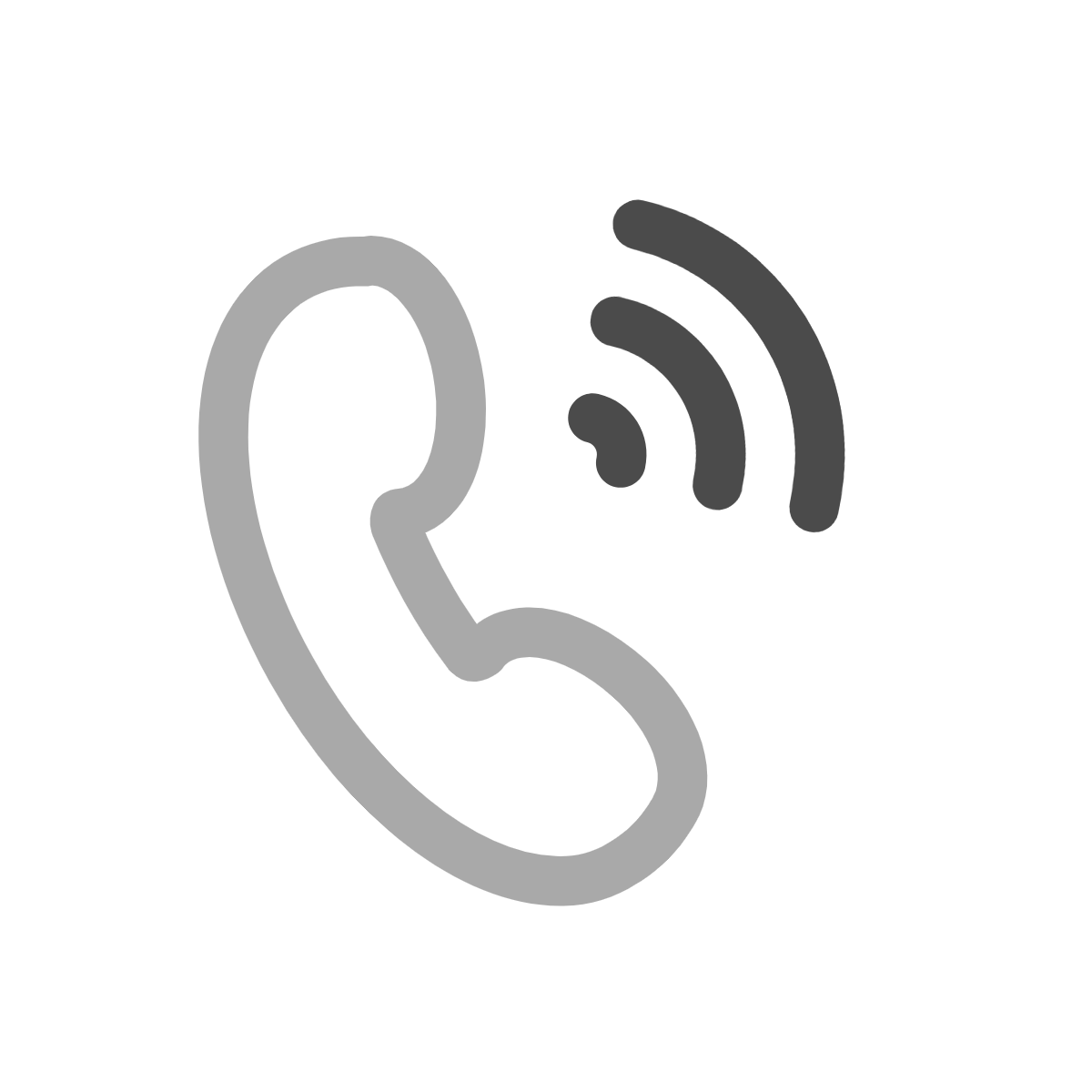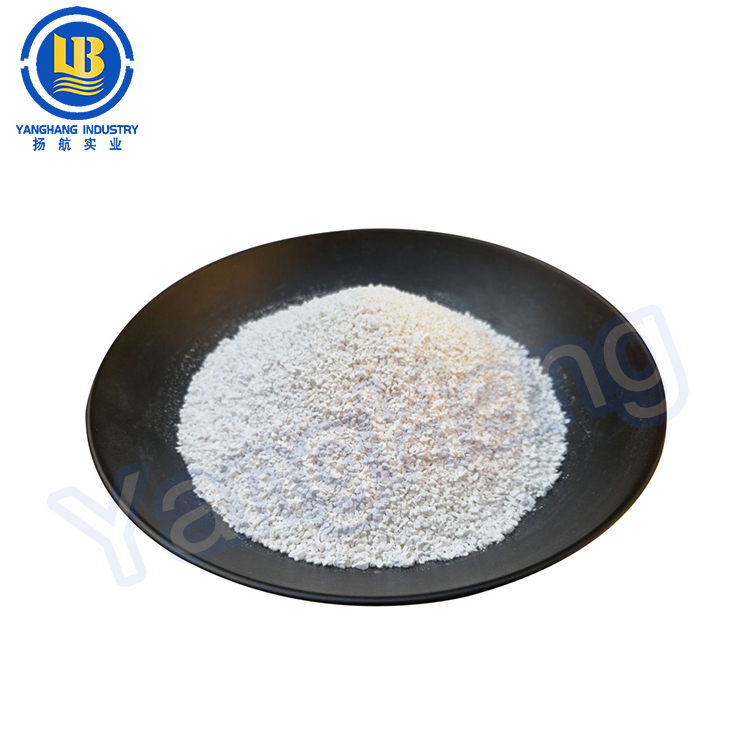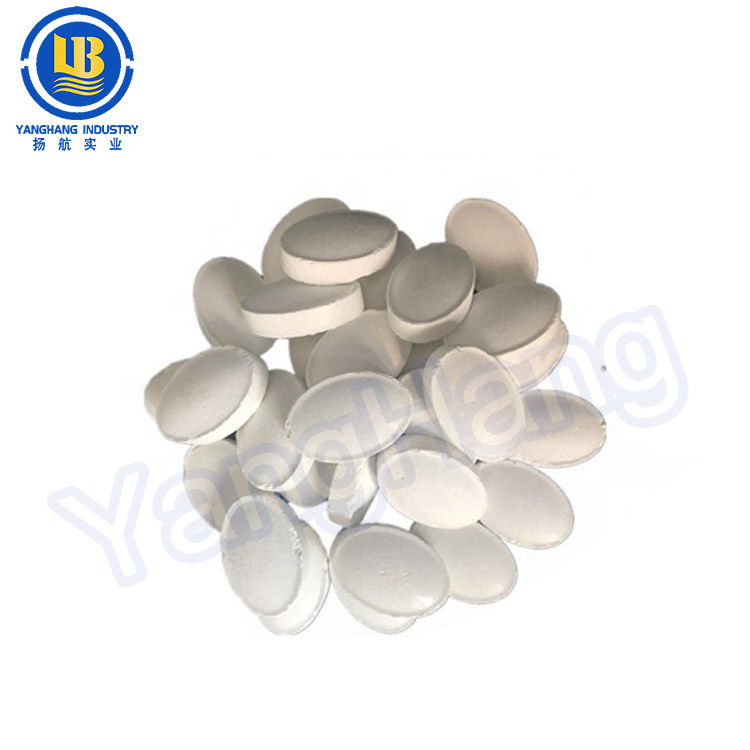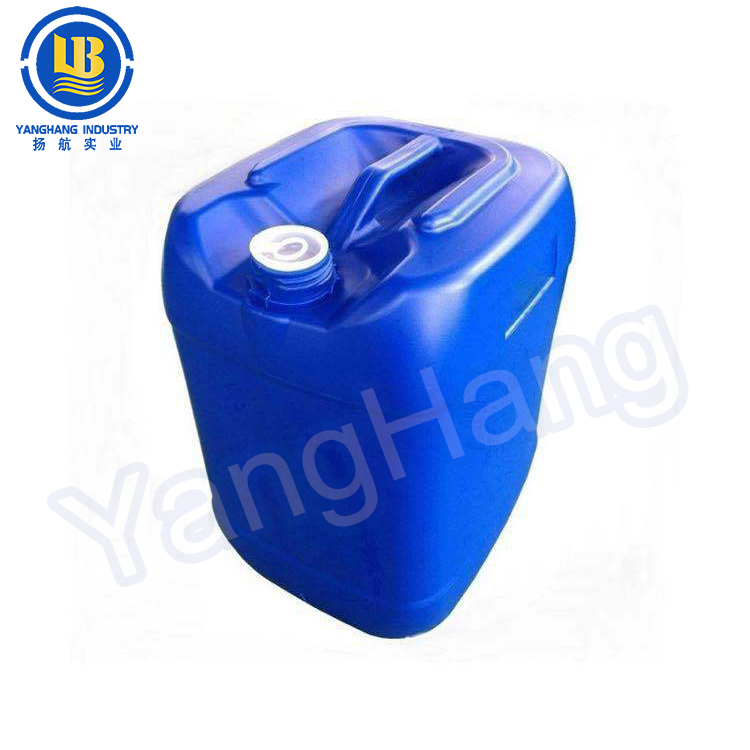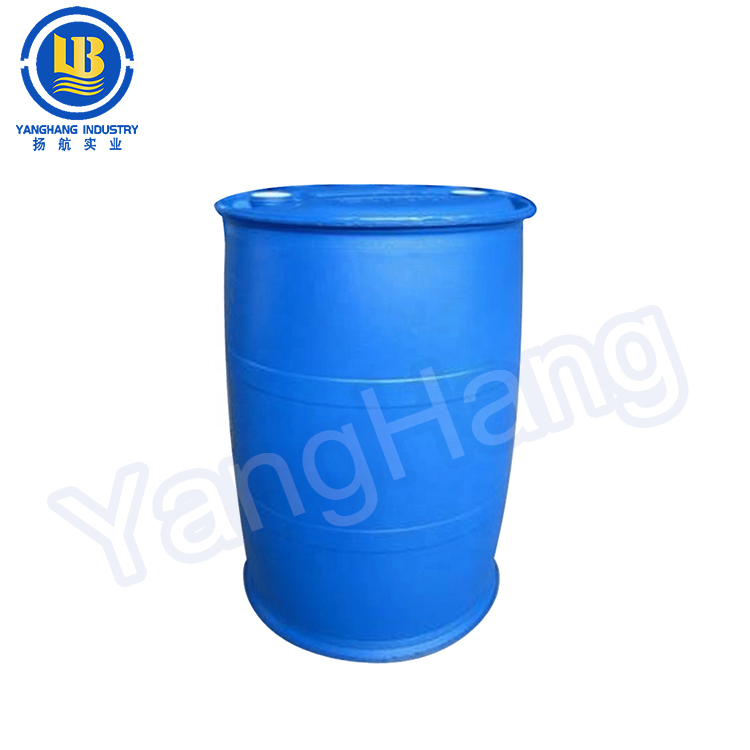Hainan Yanghang Industrial Co., Ltd.
34 years of focusing on R&D, production and sales of water treatment chemical products
 info@hnyhxd.com
info@hnyhxd.com
Sodium hypochlorite
Sodium hypochlorite, an inorganic compound with the chemical formula NaClO, is a hypochlorite, the most common "chlorine" bleach in household laundry.
Chemical formula: NaClO
Molecular weight: 74.441
CAS Number: 7681-52-9
EINECS Accession Number: 231-668-3
Melting point: 18 ℃
Boiling point: 111 ℃
Water solubility: sodium hypochlorite is easily soluble in water, and becomes caustic soda and hypochlorous acid after being dissolved in water
Density: 1.25 gcm3
Appearance: Sodium hypochlorite is white powder, industrial sodium hypochlorite is colorless or light yellow liquid
Use:
It is an oxidizing bactericide, and its bactericidal mechanism is similar to that of liquid chlorine. Sodium hypochlorite solution is generally used in industrial circulating water. At the same time, sodium hypochlorite increases the pH value of circulating water. Therefore, in the circulating water system with liquid chlorine as the bactericide, it is difficult for the residual chlorine to reach the index. When the pH value drops seriously, a larger dose of sodium hypochlorite can be used to shock the dosage to ensure the residual chlorine and pH index.
Safety:
Mice oral LDso: 8500mgkg. It is strongly oxidizing and corrosive. Skin contact can cause burns. Entering the body can cause mucosal erosion, perforation of the esophagus or trachea, and throat edema. Inhalation into the lungs can cause severe burns to the bronchi and pulmonary edema. The staff who touch and use it should take precautions to prevent the ammonium hypochlorite solution from entering the human body and skin.
First-aid:
Skin Contact: Remove contaminated clothing and rinse with plenty of running water.
Eye Contact: Lift the eyelids and flush with running water or normal saline. seek medical attention.
Inhalation: Quickly leave the scene to fresh air. Keep the airway open. If breathing is difficult, give oxygen. If breathing stops, give artificial respiration immediately and seek medical attention.
Ingestion: Drink plenty of warm water and do not induce vomiting. Seek medical attention promptly.
